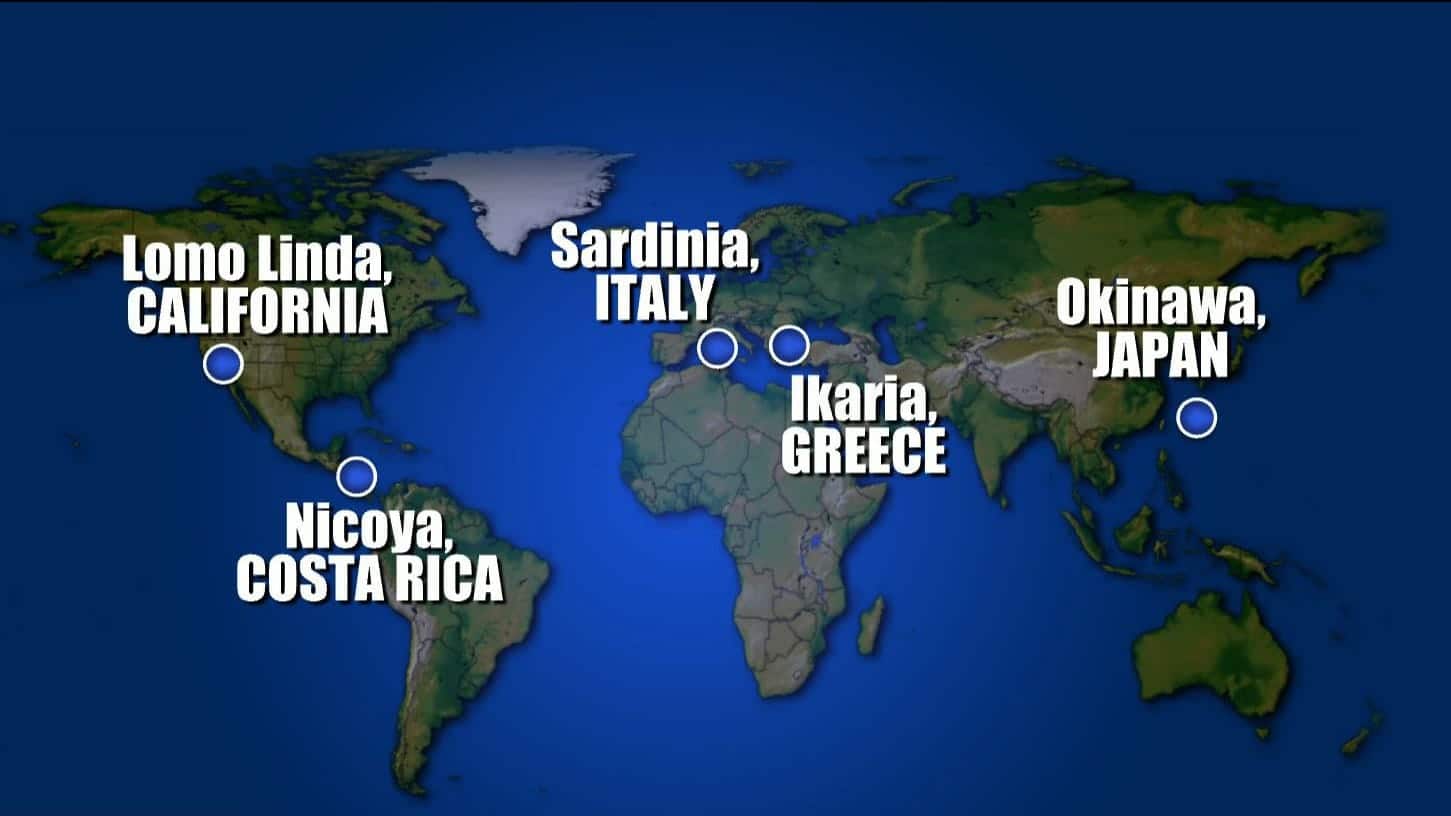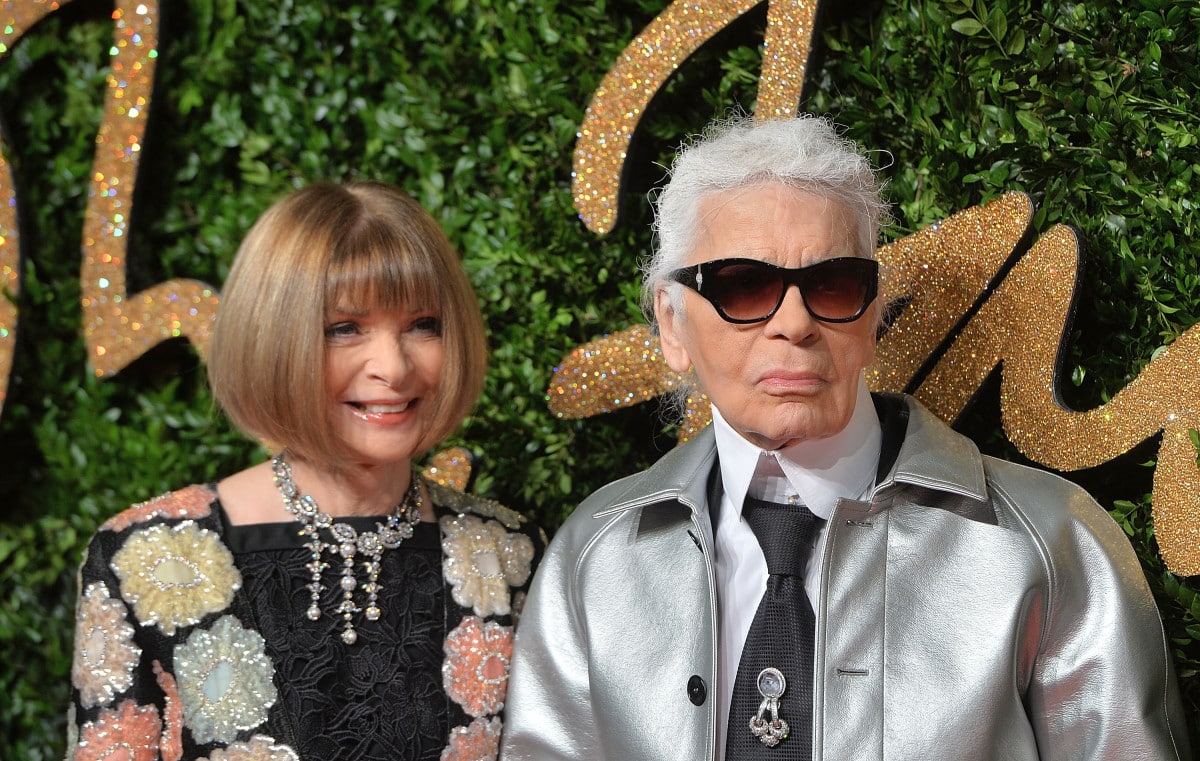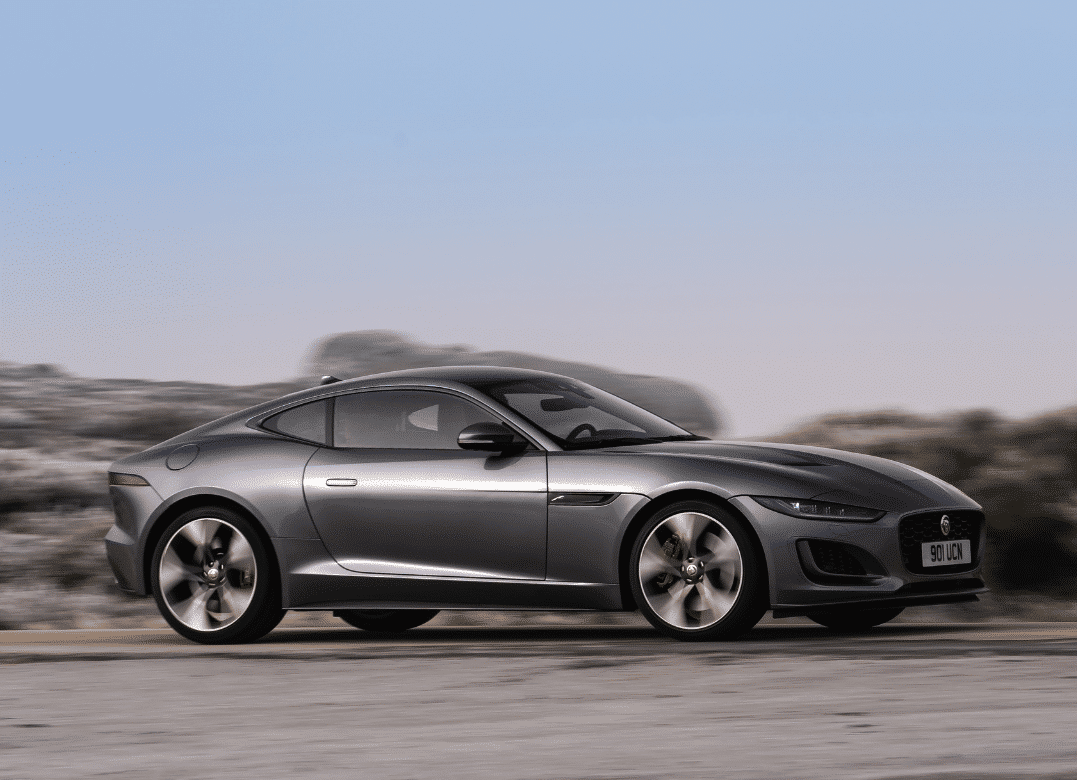All over the world, there are so-called Blue Zones. These are cities, villages or regions all different, but which have a common point: a population of people older than the average. So legend, myth or reality? Discover if these unique, almost dreamlike places hold the coveted secret of longevity.
With an almost futuristic sound, one can wonder what is the well-kept secret of these Blue zones. Far from technology, incredible advances or any other kind of research, these are actually territories – cities or regions – where the life expectancy is relatively high and where the elderly are in excellent health, and this for a long time, for a very long time.
A few figures
Globally, the average life expectancy is 73.4 years. However, as the days go by, so does the longevity. By the middle of the century, it should reach 77 years, according to projections by the United Nations. Nevertheless, the situation varies greatly from one country to another.
While in Monaco, life expectancy is 87 years, in the Republic of Chad it is around 53 years. After the Rock, the UN World Population Prospects ranking mentions the Chinese administrative regions of Hong Kong and Macao, followed by Japan, which is the country where we live the longest among the world powers.
The list is supplemented by Liechtenstein, Switzerland, Singapore, Italy, South Korea and Spain.
Are these Blue Zones a myth?
But what are these blue zones really? Before looking at the issue, it should be remembered that certain factors are the most determining factors in terms of longevity, such as genetics, the living conditions of individuals and the decisions they make throughout their lives.
It is not only a question of means, but also of desire and will. Experts call this “smart decisions” that revolve around a healthy diet, sufficient sleep, stress level control and sports.
Let us return to these blue zones, which take their name from a survey carried out a few decades ago, by researchers Michel Poulain and Gianni Pes who sifted through the places where the oldest people in the world lived.
To do this, they surrounded on a map the cities where people reached 100 years. This is how they noticed that one of the parts of the map was the region of Barbagia, in Sardinia. They finally called it the blue zone.
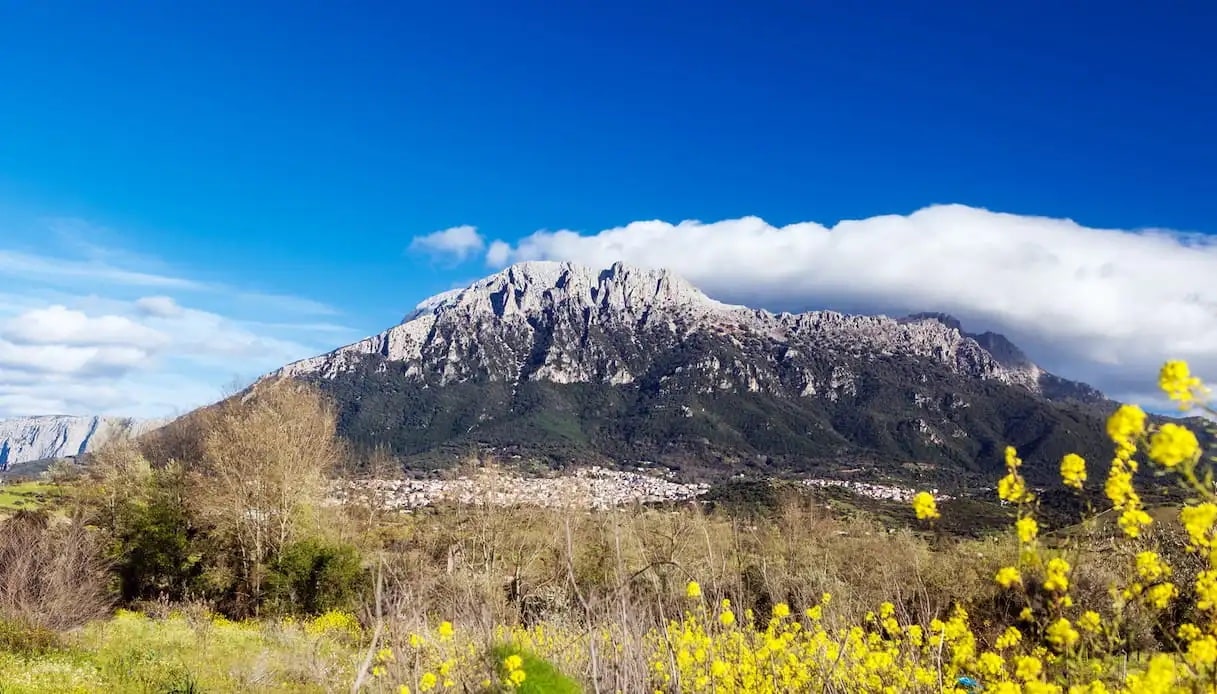
And still according to the two researchers, the observation is clear: “We observed that the populations (of the Blue Zone) are geographically and/ or historically isolated (islands and mountainous regions). These populations have managed to maintain a traditional lifestyle involving intense physical activity that extends beyond the age of 80, reduced stress levels and intensive family and community support for older people, and the consumption of locally produced food.”
Since then, the term blue zone has been associated with places where life expectancy reaches more than 100 years.
Supported by the National Geographic Society, a project that has been launched since 2002 to identify blue zones in the world has identified four others in the world: the island of Okinawa in Japan, the city of Nicoya in Costa Rica, the Greek island of Icaria and the community of Loma Linda in California.
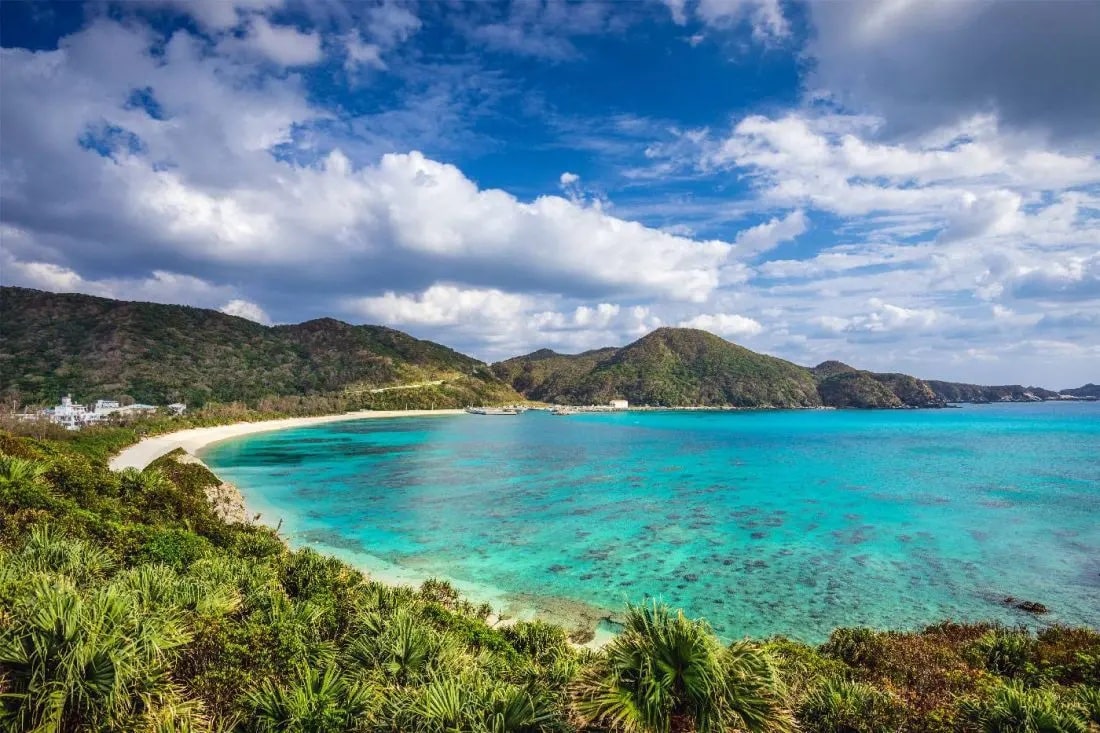
A journalist named Dan Buettener has assembled a team of experts (doctors, anthropologists, demographers, nutritionists, epidemiologists) to study this phenomenon.
Together, they also find common patterns in the communities studied that could explain the Blue Zones phenomenon and why these populations have greater longevity and quality of life than the rest of the planet.
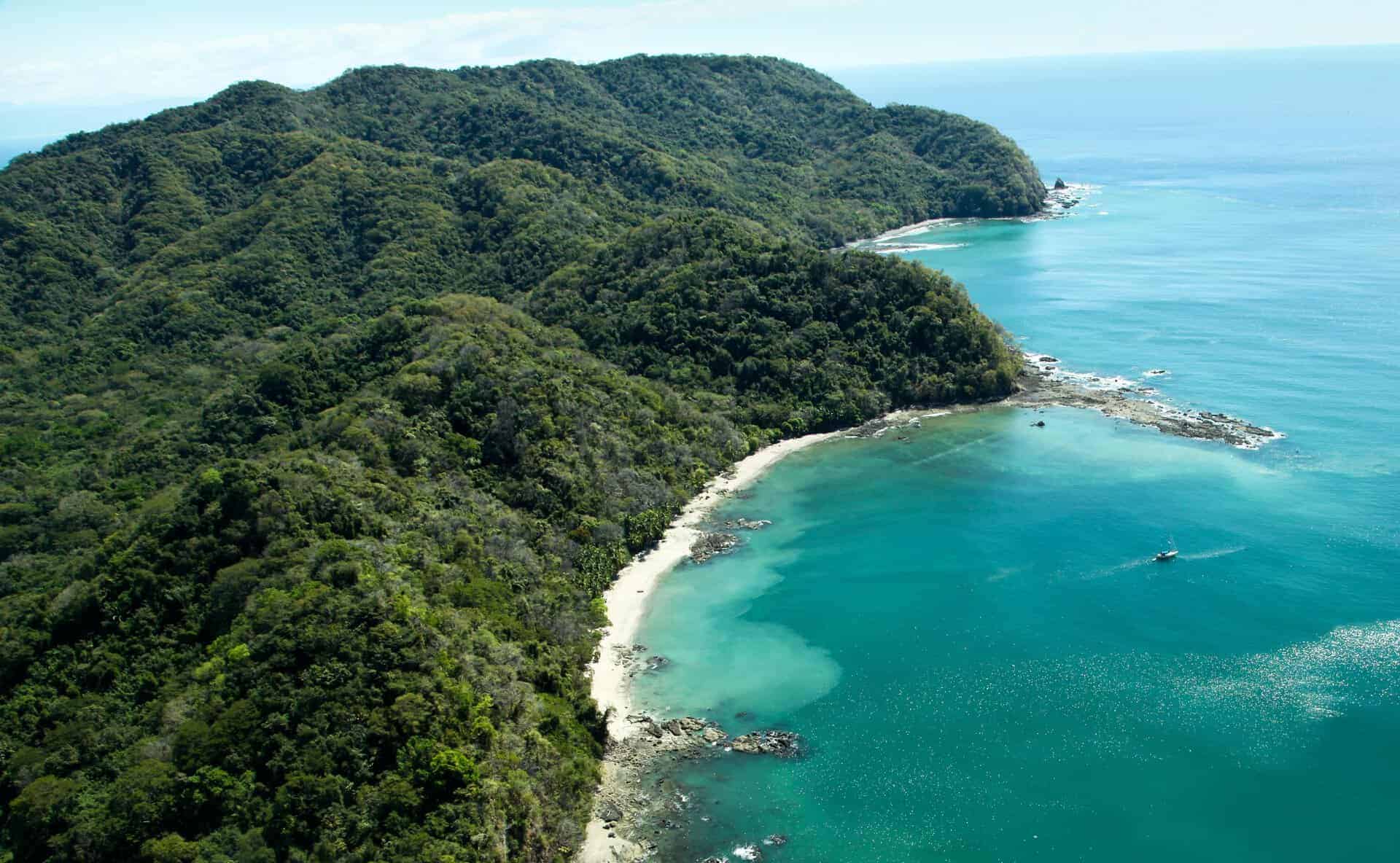
Among them are various elements like a life purpose called ikigai. It is a Japanese word used to designate the reasons for being, or rather the reasons why we get up every morning. There are also family ties, a balanced diet, sports and moderate alcohol consumption.
Stress plays an important role in these positive factors that lengthen life. Its interpretation and solutions to counter it vary from region to region. For example, in Mediterranean societies, taking a nap is a way to break the rhythm of routine and thus escape stress. Adventists pray, when the Japanese women of Okinawa Island organize the tea ceremony.
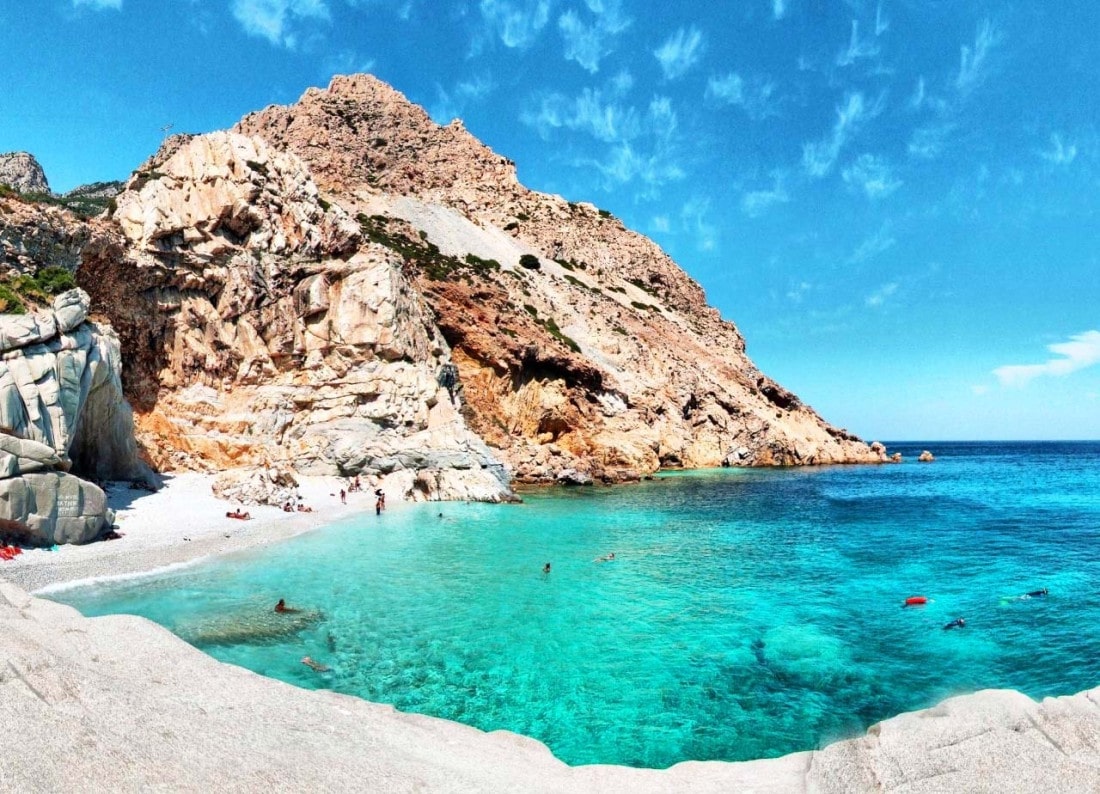
Add to that a healthy social climate, a prolific nature as well as the remoteness of large urban centers.
To be part of a blue zone, one must be born and/or be an active member of these utopian communities. It is possible, however, that some of these factors may be useful to those who wish to adopt a better life, and live longer. Between science, spirituality and geography, these blue zones are as complex as they are admirable.
So you know what you have to do if you are in need of serenity. Forget about yoga and move to a Blue zone for the rest of your life!
Read also >WORLD’S BEST 2023 RANKING: THE WORLD’S BEST TRAVEL DESTINATIONS AND ORGANIZATIONS








